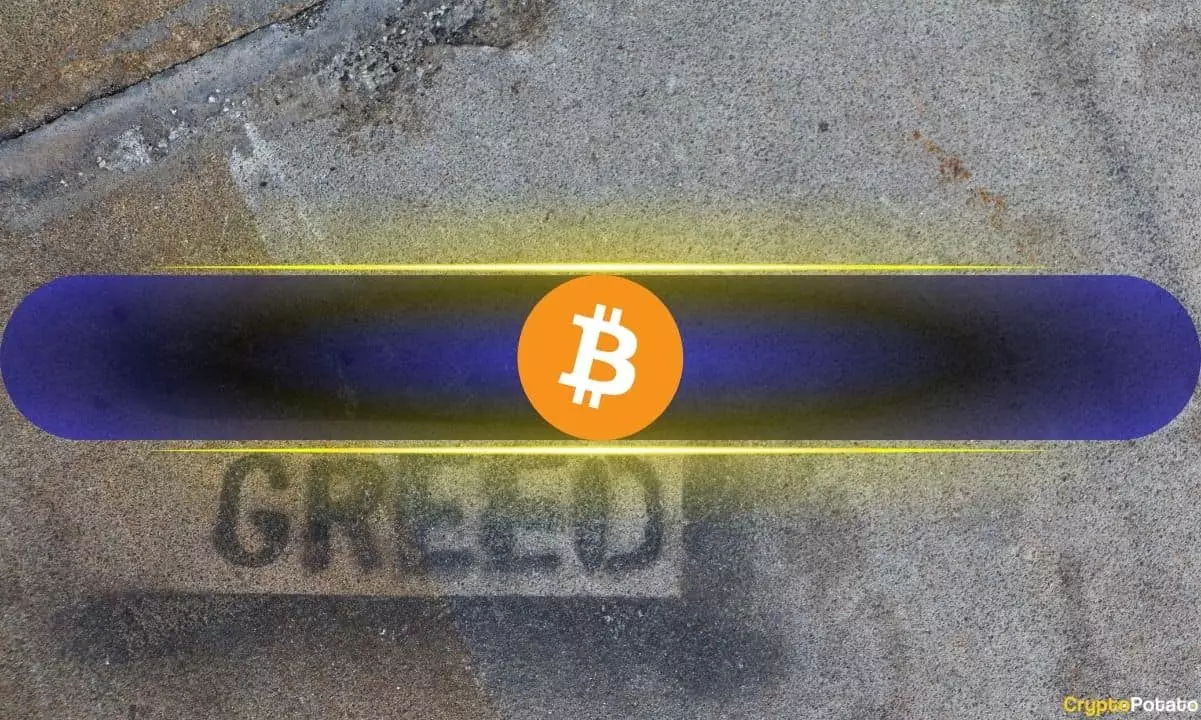The cryptocurrency landscape is notoriously volatile, and recent trends in Bitcoin (BTC) prices highlight the dynamic emotions of investors closely tied to market movements. As BTC surged past the $60,000 mark earlier this week, a notable shift occurred in investor sentiment. This volatility is aptly illustrated by the Fear and Greed Index—an analytical tool that measures the market’s emotional state and gives a broad overview of investor behavior.
The Fear and Greed Index, which stands between extremes of fear at 0 and greed at 100, recently registered an impressive score of 71, clearly situating the market in greed territory. This shift is significant, especially given the index’s prior positioning in the fear zone, which it occupied until just a few days before achieving this peak. Such rapid changes indicate how effectively the index captures the mood of traders, suggesting that as Bitcoin’s price rallied, so did the collective sentiment of greed among investors.
Only a week ago, the market sentiment appeared entirely different as the Bitcoin price fluctuated and dipped below $60,000, lowering the index to as low as 32. The volatility is indicative of a broader trend where market participants waver between fear of loss and the allure of potential profits, often making decisions driven by emotion rather than analysis.
Bitcoin’s shift from the lower price range towards $68,000 serves not only as a signal of potential profit but also triggers a sense of urgency among investors, prompting a fear of missing out (FOMO). The Fear and Greed Index, measuring factors from social media sentiment to market volatility, reflects this tug-of-war between investors’ rational and emotional responses.
For traders, a score of 71 sparks a rush to capitalize on BTC’s upward trajectory, although history has shown that such highs often precede sharp corrections. The data indicates that when prices soar, a significant portion of the investor base becomes overly optimistic, leading to eventual market corrections.
Recent historical data reveal a recurring pattern of investor sentiment shifting in tandem with Bitcoin prices. In July, for instance, a similar surge occurred when Bitcoin climbed from approximately $56,000 to $68,000—a rally that was then followed by a steep decline influenced by external factors like the Japanese yen crisis. Such experiences serve as cautionary tales for current investors, reminding them of the cyclic nature of cryptocurrency market sentiment.
While the anticipation of a potential second wave of the bull cycle encourages optimism, seasoned investors know that high levels of greed can set the stage for inevitable corrections. Therefore, relative market indicators must be monitored closely, as current pricing trends could diverge significantly based on external economic factors and shifting investor behavior.
Bitcoin’s recent rally and the corresponding surge in the Fear and Greed Index highlight the cyclical nature of market sentiment in the cryptocurrency space. Investors must remain cognizant of their emotional responses and the historical context of such price movements. While the allure of profit is undeniable, understanding the interplay between fear and greed could be critical to making informed investment decisions as the market continues to evolve.

